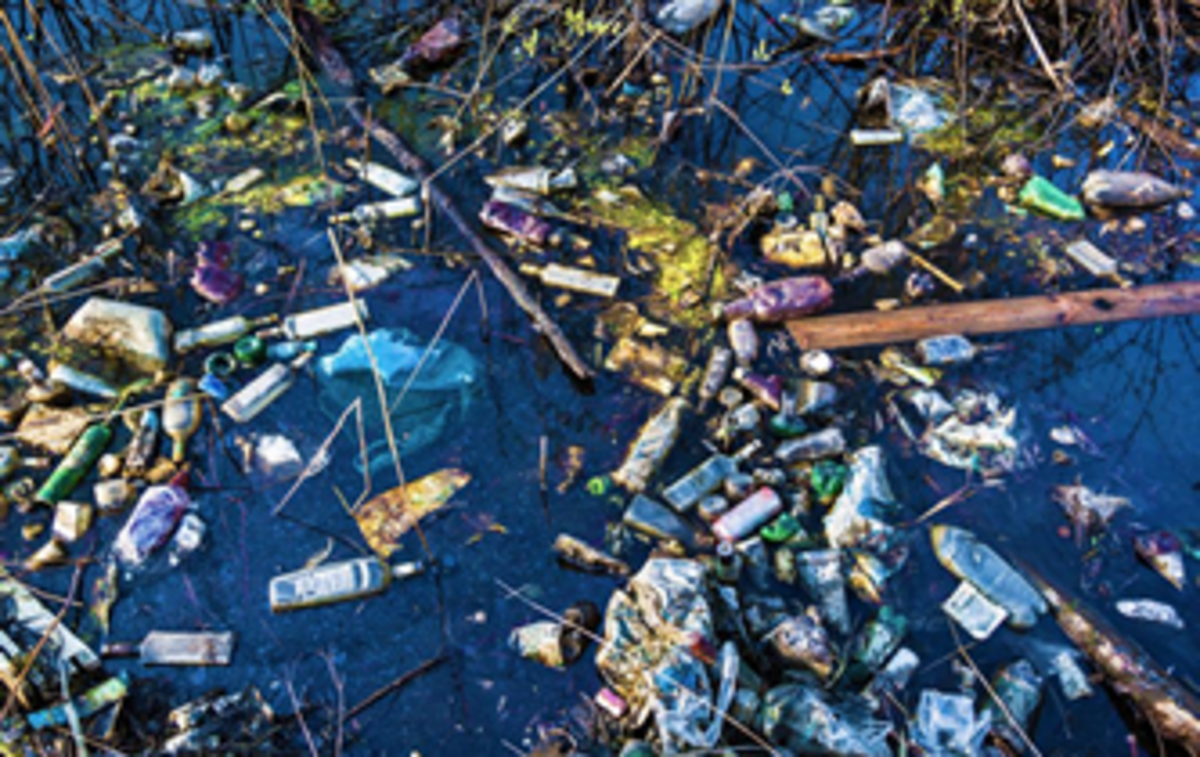Marine litter is one of eleven descriptors in the Marine Strategy Framework Directive (MSFD) that assess the environmental status of the marine environment. In order to devise actions to tackle marine litter, it is crucial to understand where it comes from. Much of it comes via river networks. However, there is currently only limited information available about the amount of litter that is transported through rivers to the sea, and there are no harmonised methodologies to provide quantitative data for comparable assessments of riverine litter.
Monitoring riverine litter
An understanding of how much litter enters the seas from different rivers can help plan how to address the problem. In order to ensure the maximum efficiency of the planned measures, methodologies need to be harmonised so that they provide reliable and comparable information.
To help tackle the overall problem of marine litter, the MSFD Technical Group on Marine Litter (TG Marine Litter) has published a report, “Riverine Litter Monitoring – Options and recommendations”, which gives recommendations to Member States on how to monitor river litter. The findings of the report have been used by the JRC's River and Marine floating macro litter Monitoring and Modelling of Environmental Loading (RIMMEL) project in establishing a pan-European monitoring network. This scientific network collects litter observation data in rivers close to estuaries, to help understand the quantities and dynamics of riverine litter.
Where does marine litter come from?
TG Marine Litter has also published a report on identifying sources of marine litter, which gives an overview of existing methodologies for litter source identification. It outlines one of the most promising approaches for determining sources – a matrix score technique, which considers the possibility that specific items originate from more than one source. The report also presents a series of other parameters that can be used to analyse datasets, with regard to the use, origin and risk of items recorded in marine or coastal environments. Finally, the report offers recommendations to help identify sources, from the early stage of data collection and site characterisation, to bringing in the knowledge of local stakeholders, in order to better determine where litter is coming from and what needs to be done to prevent it.
Both reports provide support to EU Member States and other stakeholders in the battle against marine litter.
The MSFD Technical Group on Marine Litter
The MSFD Technical Group on Marine Litter (TG Marine Litter) was set up to provide scientific and technical advice for the implementation of the MSFD requirements and to support EU Member States. Made up of experts from EU Member States, Regional Sea Conventions, EU Institutions and other stakeholders, this group is led by the European Commission's Directorate-General for Environment, and is chaired by the JRC, the French Research Institute for Exploitation of the Sea (IFREMER) and the German Environment Agency.
Links:
Riverine Litter Monitoring - Options and Recommendations
